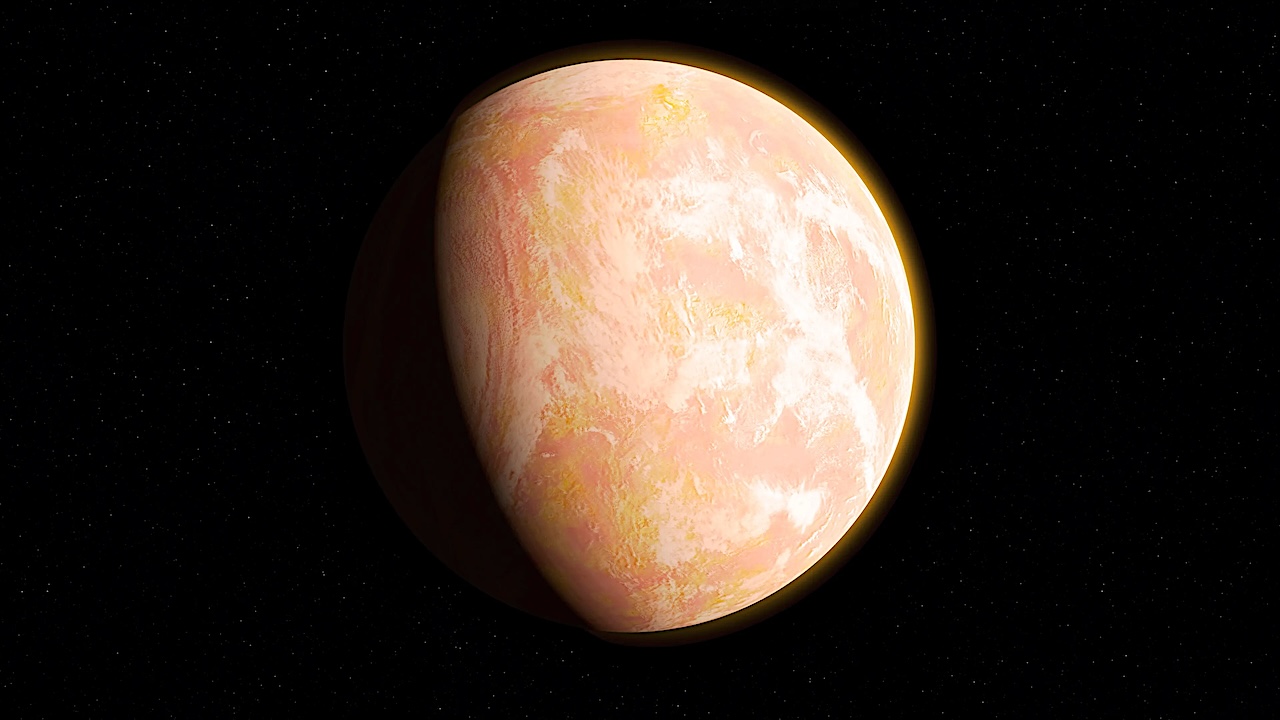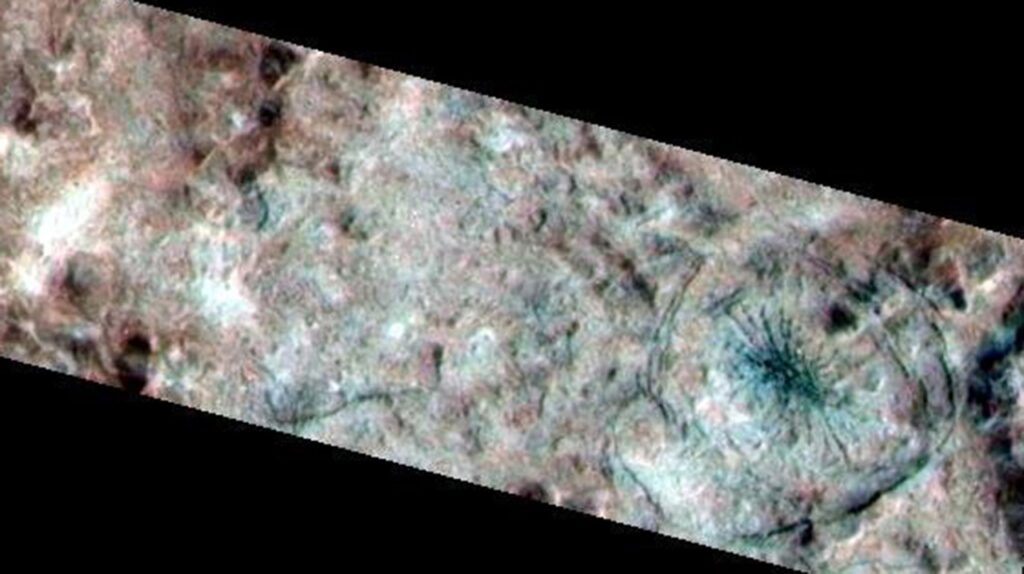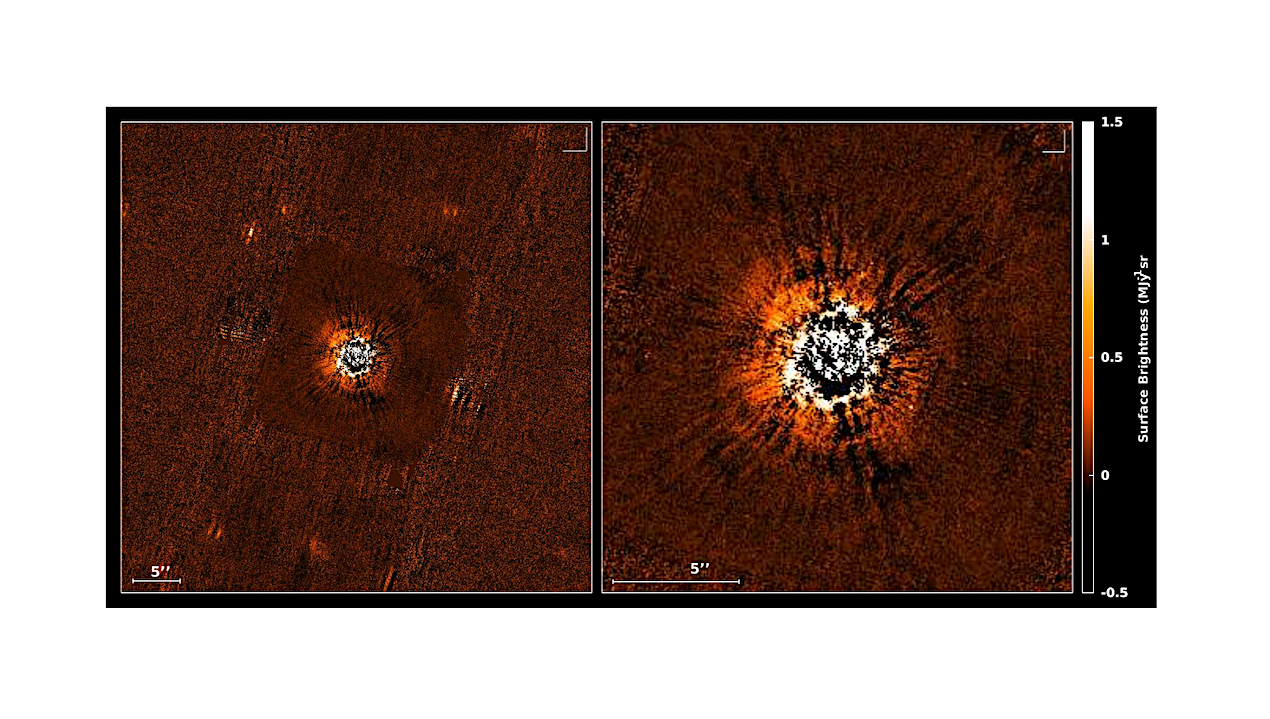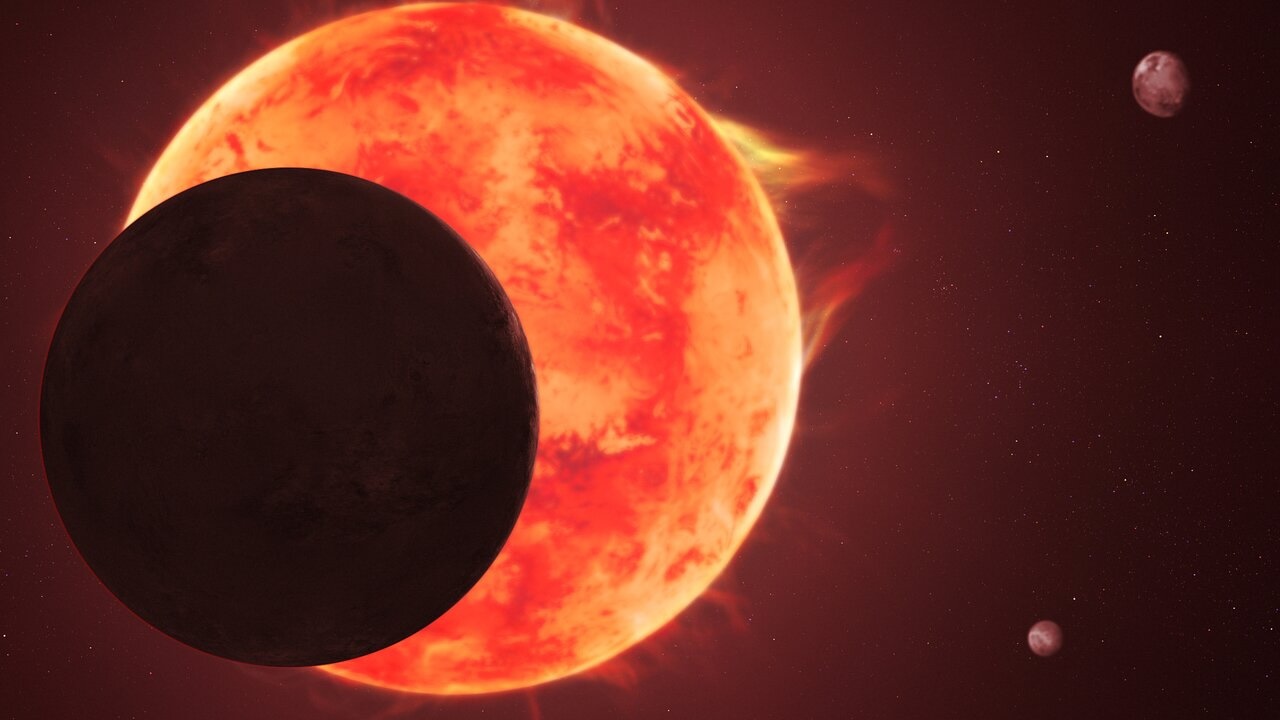Now Reading: Revisiting The Eoarchean Akilia Quartz-pyroxene Rock With Potassium Isotopes: Implications For Early-ocean Sedimentation
-
01
Revisiting The Eoarchean Akilia Quartz-pyroxene Rock With Potassium Isotopes: Implications For Early-ocean Sedimentation
Revisiting The Eoarchean Akilia Quartz-pyroxene Rock With Potassium Isotopes: Implications For Early-ocean Sedimentation


Archean Earth. Credit: NASA’s Goddard Space Flight Center/Francis Reddy
The Eoarchean quartz-pyroxene rock from Akilia Island in Greenland has been proposed as one of Earth’s oldest banded iron formations (BIF) and a potential host for the earliest biosignatures.
However, the origin of its protolith, whether it metamorphosed from an igneous or sedimentary precursor, remains debated. Here, we revisit this longstanding Akilia controversy using potassium isotope analyses, comparing Akilia samples with BIFs and black shales spanning the Eoarchean to Mesoproterozoic.
Our results demonstrate that BIFs and black shales show systematic potassium isotope variations correlated with their potassium contents. Potassium-poor BIF layers display heavier isotopic compositions close to seawater values, whereas clay-rich layers exhibit elevated potassium contents and lighter isotopic signatures.
The Akilia quartz-pyroxene rock was initially characterized by low potassium concentrations and heavy potassium isotopic compositions consistent with chemical sediments deposited from ancient seawater. It was subsequently modified by metasomatic fluids derived from nearby metamorphosed igneous rocks. These findings support a sedimentary origin for the Akilia quartz-pyroxene rock.
Furthermore, our study provides an isotopic framework for interpreting ancient oceanic environments and offers insights into the potassium cycling and habitability of early Earth.
Revisiting the Eoarchean Akilia quartz-pyroxene rock with potassium isotopes: Implications for early-ocean sedimentation, PNAS via PubMed
Astrobiology,
Stay Informed With the Latest & Most Important News
Previous Post
Next Post
-
 012024 in Review: Highlights from NASA in Silicon Valley
012024 in Review: Highlights from NASA in Silicon Valley -
 02Panasonic Leica Summilux DG 15mm f/1.7 ASPH review
02Panasonic Leica Summilux DG 15mm f/1.7 ASPH review -
 03How New NASA, India Earth Satellite NISAR Will See Earth
03How New NASA, India Earth Satellite NISAR Will See Earth -
 04And Thus Begins A New Year For Life On Earth
04And Thus Begins A New Year For Life On Earth -
 05Astronomy Activation Ambassadors: A New Era
05Astronomy Activation Ambassadors: A New Era -
06SpaceX launch surge helps set new global launch record in 2024
-
 07From Polymerization-Enabled Folding and Assembly to Chemical Evolution: Key Processes for Emergence of Functional Polymers in the Origin of Life
07From Polymerization-Enabled Folding and Assembly to Chemical Evolution: Key Processes for Emergence of Functional Polymers in the Origin of Life





















